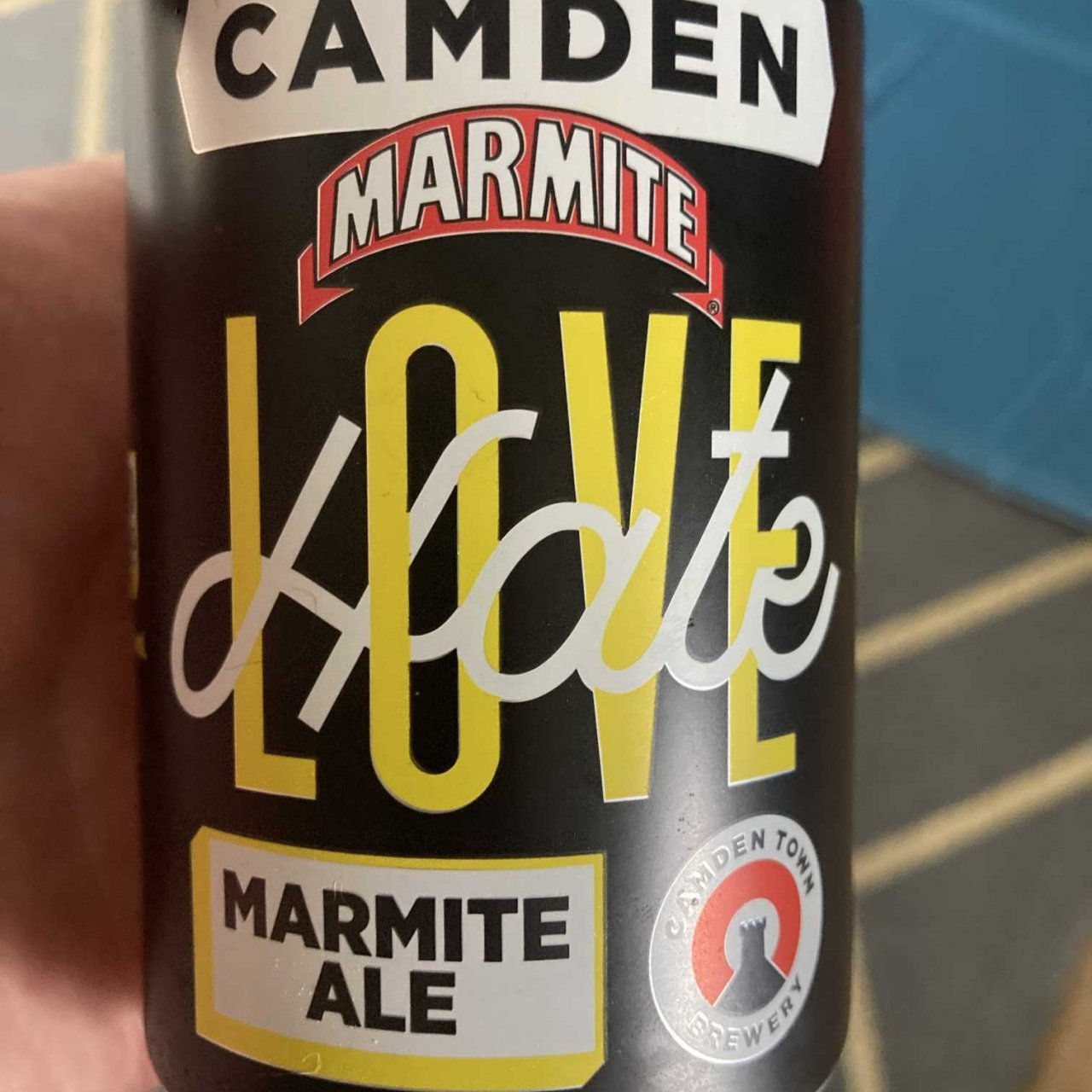I've been out of the country for a few weeks and before I departed I brewed what was supposed to be a batch of Belgian Tripel, but missed my numbers by a mile (for reasons I have yet to determine) and ended up with a reasonably alright Belgian Pale Ale wort (or so I thought). It's had about three-and-a-half weeks in the fermenter and I came to transfer it to keg today only to realise it's gone pretty horribly wrong. I can only assume that the temperatures we've had in the UK have done something to it (it had mostly fermented out before I went but I wanted to leave it to clean up, but did so without temp control) as we had a big chunk of that time period at or over 30°C, but I've ended up with what I'm guess is a whole load of autolysis off-flavour (mmmm, beefy) and 5 gallons of something pretty unpalatable.
I've got some Brett Brux kicking around that I picked up cheap as it was nearing its expiry and I'm going to try secondary fermenting with this. The research I've done suggests that Brux should be fairly adept at cleaning up autolysis off-flavour. I'll secondary ferment in a keg with a spunding valve and leave it in a cool corner of my garage for the next few months and...see what happens? I'm hoping it might turn bone broth beer into something more resembling a nicely aged Orval!
I've got some Brett Brux kicking around that I picked up cheap as it was nearing its expiry and I'm going to try secondary fermenting with this. The research I've done suggests that Brux should be fairly adept at cleaning up autolysis off-flavour. I'll secondary ferment in a keg with a spunding valve and leave it in a cool corner of my garage for the next few months and...see what happens? I'm hoping it might turn bone broth beer into something more resembling a nicely aged Orval!


























![Craft A Brew - Safale BE-256 Yeast - Fermentis - Belgian Ale Dry Yeast - For Belgian & Strong Ales - Ingredients for Home Brewing - Beer Making Supplies - [3 Pack]](https://m.media-amazon.com/images/I/51bcKEwQmWL._SL500_.jpg)































